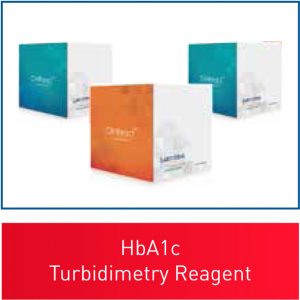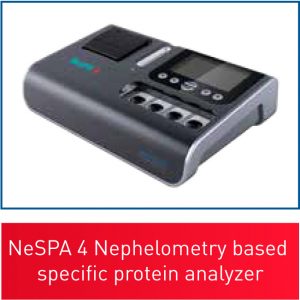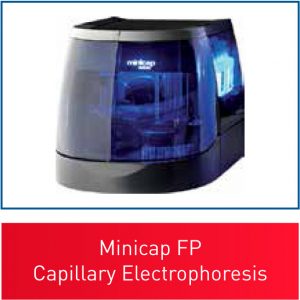India is considered as the diabetes capital of the world and this statement is testified by the fact that one in every sixth diabetic patient, is from India. Diabetes being a pandemic, has affected each and every country of the world. While China is the country with the highest number of diabetics worldwide, India occupies the second spot in the list with an estimated 77 million diabetics.
Diabetes is a chronic disease that occurs when either, the pancreas does not produce enough insulin or, when the body cannot effectively use the insulin it produces. Insulin is a hormone that regulates blood sugar. Hyperglycaemia, or raised blood sugar, is a common manifestation of uncontrolled diabetes and over time, leads to serious damage to a number of the body’s systems, especially the nerves and blood vessels.
Diabetes is diagnosed with one or more of the following blood tests, which may be repeated if the results are non-conclusive: Fasting blood sugar test, Glucose tolerance test, Hemoglobin A1c, Random blood sugar test
HbA1c
Hemoglobin is the oxygen-carrying pigment in the blood that gives blood its red color. About 90% of hemoglobin is hemoglobin A (the “A” stands for adult type). Although one chemical component accounts for 92% of hemoglobin A, approximately 8% of hemoglobin A is made up of minor components that are chemically slightly different. These minor components include hemoglobin A1c, A1b, A1a1, and A1a2. Hemoglobin A1c (HbA1c) is a minor component of hemoglobin to which glucose is bound. HbA1c also is sometimes referred to as glycated, glycosylated hemoglobin, or glycohemoglobin.
The amount of HbA1c formed is directly proportional to the amount of glucose in patient’s blood. If patient’s diabetes is not well controlled, blood glucose levels are high, causing higher HbA1c levels. HbA1c levels do not change quickly since red blood cells live for 3-4 months. Because of this, the amount of HbA1c in patient’s blood reflects the average amount of glucose in patient’s blood during the last 2-3 months. The higher the level of glucose in the blood, the more glycated haemoglobin is formed.
Hence the haemoglobin A1c test is a better indicator of diabetes than the commonly used measure of fasting glucose, Also HbA1c test has low variability on a daily basis and levels are not affected by illness and stress. It is more stable and the patient does not need to fast prior to the test being performed.
In healthy people, the HbA1c level is less than 6% of total hemoglobin. A level of 6.5% signals that diabetes might be present. Studies have demonstrated that the complications of diabetes can be delayed or prevented if the HbA1c level can be kept below 7%.
HbA1c Test
The HbA1c analysis methods can be divided into two categories: methods based on the charge differences and methods based on the structural differences. Ion-exchange chromatography and capillary electrophoresis belong to the first category, while immunoassay, enzymatic assay, and affinity chromatography belong to the second category. Thus, the routine determination of HbA1c can be achieved by methods based on different principles such as immunoturbidimetry, boronate affinity chromatography, ion-exchange chromatography, and enzymatic assay.
Each method is having its own pros and cons based on sensitivity, cost, stability and availability, NGSP (“National Glycohemoglobin Standardization Program”) is a international organisation which standardises methods for detection of HbA1c, so any method which is approved and listed on NGSP website can be considered as a good method for HbA1c detection, still there is a Gold standard for HbA1c detection which is known as Capillary Electrophoresis.
HbA1c Test at Trivitron
Trivitron being on a global mission of making healthcare affordable and accessible have major focus on Diabetic testing, Trivitron has a solution for all types of customers ranging from small size lab to large scale labs.
For small and Class 3,4 type of laboratories, due to low sample load of hardly 1 to 3 samples per day, trivitron offers Turbidimetry based HbA1c reagents, which is easy to use and economic option to use with any semi auto Analyser. LABMATE a semiautomated biochemistry analyser offered by Trivitron and Labsystem HbA1c Immuno-Turbidimetric reagent is a perfect solution for such laboratories.
With workload of 5 to 15 samples of Mid-size and Class 2 laboratories Trivitron has a solution of NeSPA 4, a nephelometry based protein analyser with 4 channels and a very unique Sample-Reagent Pipetter makes a best solution for HbA1c Testing. Best in class small POCT analyser with accurate readings possible due to Pre calibrated RFID card system and Unique reagent cartridge for each test makes NeSPA 4 a futuristic product in quantitative POCT market.
For large and Class A laboratories with workload of 20 – 50 plus samples a Day Trivitron has a Gold standard solution: Minicap FP a Electrophoresis based HbA1c Testing instrument manufactured by Sebia, France- world No. 1 manufacturer of Electrophoresis system. Correct separation of A1c molecules makes this solution as a multiparametric electrophoretic system fit for laboratories working with a large number of samples, daily.
All the 3 solutions offered by Trivitron are NGSP certifies, suitable as per requirements of the various laboratories.




